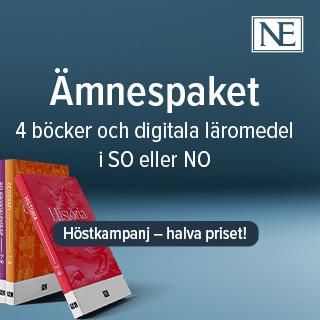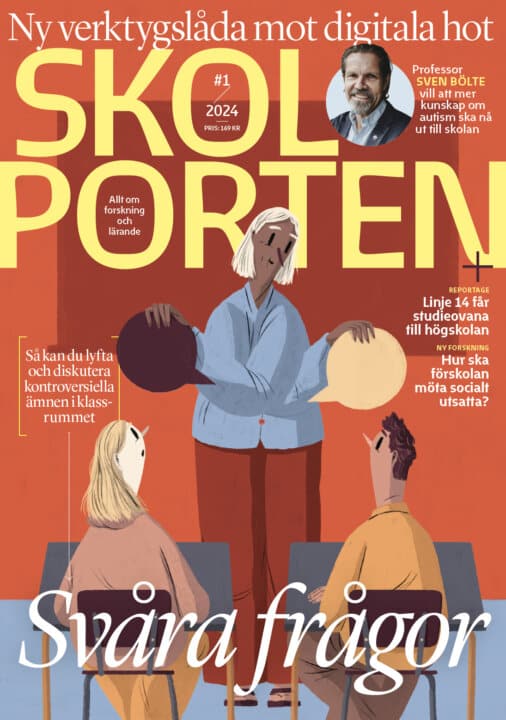Kommunikation i slöjd och hantverksbaserad undervisning
Genom att undersöka vad som händer när instruktioner i slöjdverksamhet medieras till eget kunnande belyser Joakim Andersson hur hantverksbaserat lärande kan utvecklas i slöjdverksamheten.
Joakim Andersson
Professor Marléne Johansson, Göteborgs universitet Peter Hasselskog, Göteborgs universitet
Docent Viveca Lindberg, Stockholms universitet
Göteborgs universitet
2120-02-05
Kommunikation i slöjd och hantverksbaserad undervisning
Abstract in English
This thesis aims to explore and analyse the different ways in which handicraft [sloyd] teachers communicate when teaching action-based knowledge, and the consequences for communication of different forms of communication between teacher and student. This dissertation has studied how teachers communicate using video documentation, MP3 recordings, interviews, stimulated recall and focus group interviews. The video-recorded material show that handicraft teachers use eight different forms of communication when giving an instruction. The results show that handicraft teachers use eight different forms of communication when giving an instruction: regular three-dimensional group instruction, verbal, verbal with tools, verbal with body language, tools only, body language only, body to body and intentional silence. Further analysis of the different forms of communication shows that they can be used in different ways in relation to abstract or concrete communication. These are called communicative resources. Abstract communication is an “as if ” action, while concrete communication involves the instructor demonstrating an action. The student’s prior knowledge and the teacher’s chosen form of communication have a central relationship to one another. The follow-up stimulated recall and interviews provided the teachers’ perspectives on why they used a particular form of communication and communicative resource, in addition to what result was intended. The analyses show some variation in the teachers’ degree of awareness of their communication and the consequences of their chosen form of communication when providing instructions for action-based knowledge. A teacher’s awareness of the communication form is significant for didactic planning of how different instructions are to be implemented while learning the handicraft. Awareness of one’s approach is a prerequisite for being able to choose suitable forms of communication for what is to be taught and for who is to be taught. If the same approach is always used, students are not given the opportunity for adapted teaching. Each group of students consists of different individuals with varying prior knowledge and different learning styles, which means the teacher’s communicative choices cannot be based solely on the task and its design but must also be adapted to what the instruction involves and who is receiving it.
Relaterade länkar

Fritidshem
 Åk F–6
Åk F–6 Matematikångest
 Åk 4–Vux
Åk 4–Vux 






